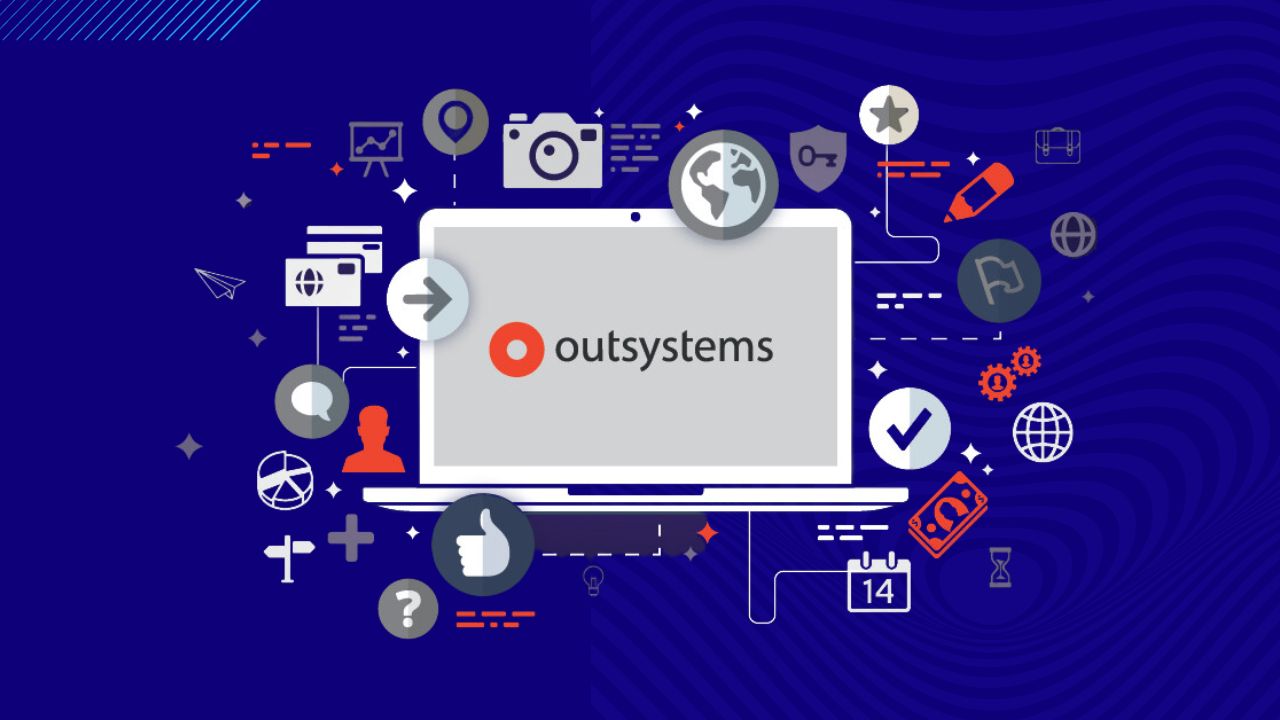In the world of software development, where technology is constantly evolving, new tools and platforms emerge to simplify and streamline the app development process. OutSystems is one such platform that has gained recognition in recent years for its ability to accelerate application development. In this blog, we will delve into what OutSystems is, its key features, and how it benefits both developers and organizations.
What is OutSystems?
OutSystems is a low-code application development platform that enables developers to create, deploy, and manage web and mobile applications with minimal hand-coding. It’s designed to reduce the complexities and challenges of traditional software development, making it accessible to both experienced developers and those with limited coding experience. OutSystems employs a visual development environment, which means you build applications using a drag-and-drop interface and pre-built templates.
Key Features of OutSystems:
- Low-Code Development: The cornerstone of OutSystems is its low-code approach, which empowers developers to create applications by assembling pre-built components, reducing the need for extensive custom coding. This accelerates development, allowing organizations to deliver applications faster.
- Rapid Prototyping: With OutSystems, developers can quickly prototype ideas and concepts, allowing for faster feedback and iteration. This is invaluable for businesses that need to respond to changing market demands swiftly.
- Integration Capabilities: OutSystems provides a range of connectors and integration options, making it easy to connect with various data sources and systems. This is crucial for building comprehensive applications that can seamlessly work with existing infrastructure.
- Scalability: Applications created with OutSystems are scalable and can grow as your business does. You can add features, adapt to increased user loads, and expand your app’s functionality without a complete redevelopment.
- Security: Security is a paramount concern in application development, and OutSystems takes this seriously. It provides a secure environment with robust authentication and encryption features.
- Cross-Platform Compatibility: OutSystems supports the development of applications for both web and mobile platforms, making it versatile for various use cases.
Benefits of OutSystems:
- Faster Time to Market: By reducing development time, OutSystems allows organizations to bring their applications to market more quickly, giving them a competitive edge in today’s fast-paced digital landscape.
- Cost-Efficiency: Low-code development means fewer resources are needed for coding, which translates to reduced development costs. Plus, with fewer bugs and faster development cycles, maintenance expenses are minimized.
- Enhanced Collaboration: OutSystems encourages collaboration among developers, designers, and business stakeholders by providing a common platform for communication and iteration.
- Agility: OutSystems’ agility helps organizations adapt to rapidly changing business needs and market conditions. Whether you need to pivot your app’s functionality or scale up to accommodate more users, OutSystems can accommodate your requirements.
- Reduced Technical Debt: Technical debt can accumulate over time in traditional development projects. OutSystems helps minimize technical debt by encouraging best practices and clean coding from the start.
Conclusion:
In the fast-paced world of software development, tools like OutSystems offer a solution to the growing demand for rapid application delivery. With its low-code approach, integration capabilities, and scalability, OutSystems empowers organizations to create, deploy, and manage applications more efficiently. This not only saves time and money but also fosters agility and innovation, ensuring that businesses stay ahead of the curve in today’s digital landscape.








